‘Healing power of stitch’
Sharp Notions: Essays from the Stitching Life
by Marita Dachsel and Nancy Lee, editors
Vancouver: Arsenal Pulp Press, 2023
$32.95 / 9781551529257
Reviewed by Penny Haggarty
*
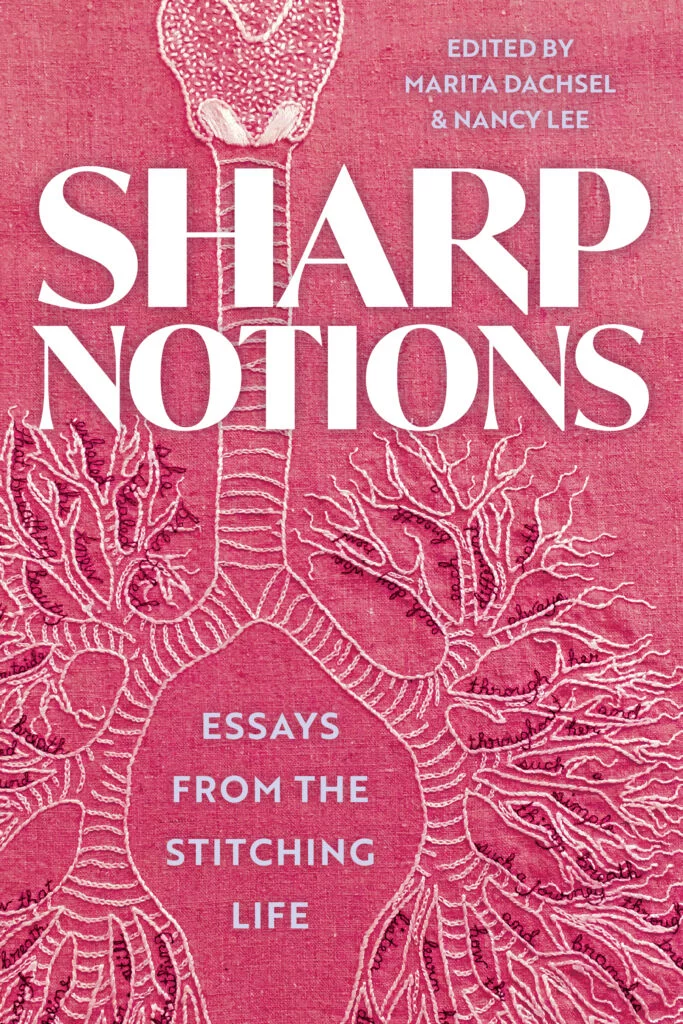
Sharp Notions: Essays from the Stitching Life, edited by Marita Dachsel and Nancy Lee, is a moving and beautifully-written collection of essays that will appeal to stitchers of all ages and abilities and anyone who loves the creative non-fiction genre. Knitting, crochet, embroidery, quilting, weaving, beading, and sewing are all fibre arts activities engaged in by people (mostly female) in the “stitching life.” The editors of this carefully curated collection put out a call for personal essays on the fibre arts in January 2022 and were “overwhelmed by the response.” To quote, their “curatorial priority was to include as broad a range of experiences and processes as possible, from new practitioners to experienced artists to nonpractitioners.” Similarly, I have limited myself to discussing only eleven of the twenty-seven contributions from a diverse community of stitchers.
As someone who has been sewing for many decades and aspires to increase her quilting output, I was drawn to this book, just as I am drawn to fibre arts exhibitions and quilt shows in Canada and the US. The quilting community has a long tradition of generosity in producing quilts for individuals and families suffering grief and loss because of illness, death, wildfire devastation, and other calamities. Eliane Leslau Silverman, in “The Carole Quilt,” recounts the story of a group of women on Salt Spring Island who collaborate on a quilt for a friend who has lost a loved one. Each woman produced a 12-inch square (piece) for the quilt. Reading about the creativity, thoughtfulness, and empathy with which the women produced their pieces is inspirational, as is Silverman’s description of the contributions. I agree with Silverman that the pieces communicate not loss, but of “vibrancy, beauty, and our love of the ocean.”
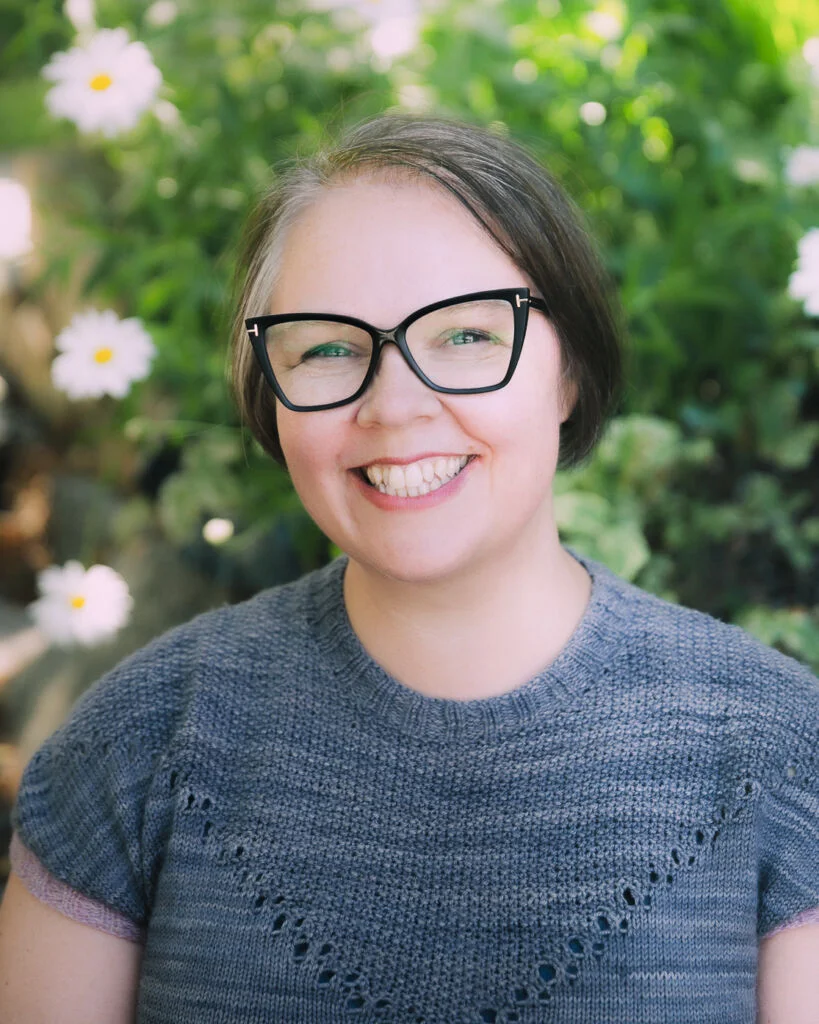
The essays in this collection explore the healing power of stitch, which is very well known in an anecdotal sense; research in recent years provides corroboration of that. An essay by Susan Luckman in TheConversation.com summarizes some of that research.
In a poignant and at times amusing essay “Perfect Imperfections,” Kelly S. Thompson, a “dabbler in countless art forms” writes about conversations with her terminally-ill sister. These talks overlap with a time when Thompson attempts to “knit her dog,” a bull terrier named Pot Roast. The miniature version of Pot Roast is a gift for her nephew. A few years later, as the dog is dying and she herself is ailing, Thompson starts knitting a new version of her dog. As she concentrates on stitch after stitch, her anxiety, thoughts about past events, and fear of the future are somewhat alleviated.
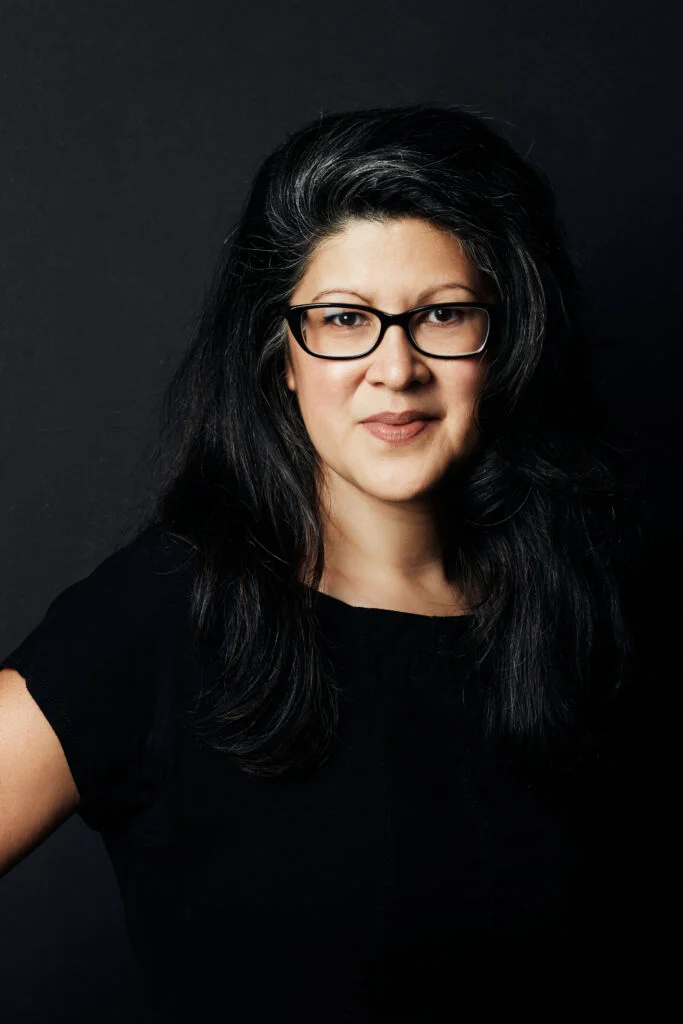
Similarly, in “The Art of Being Alone,” Rob Leacock finds solace in knitting by himself while grieving his father’s illness and death. He has been inspired by his father’s needlepoint work and his ability to work alone and be content with his craft.
Jess Taylor refers to research into the health benefits of knitting for people in “This Strand Leads to My Pain.” After a serious accident, Taylor is in chronic pain and finds herself unable to write. Knitting is a creative outlet that also makes room for meditative practices; this brings distraction, acceptance, and pain relief.
In an intriguing essay entitled “What is the Body but a Matrix of Threads,” Lia Pas builds on her long-standing interest in sciart – the “blending of art and science” – when she becomes chronically ill. Pas begins embroidering scientific diagrams. “I traced body parts and began to stitch what I was feeling in the moment.” Threads and stitching are metaphors for the body. Listening to the body’s symptoms and stitching is “creative and curative” for Pas; her images are a vehicle for her and others to communicate their symptoms to healthcare providers.
Given the time of the call-out for submissions, it is no surprise that the COVID-19 lockdown is a feature in several essays. Sewing face masks was a necessity at the beginning of the lockdown. However, many people also had time on their hands, so to speak, and were motivated to do something creative.
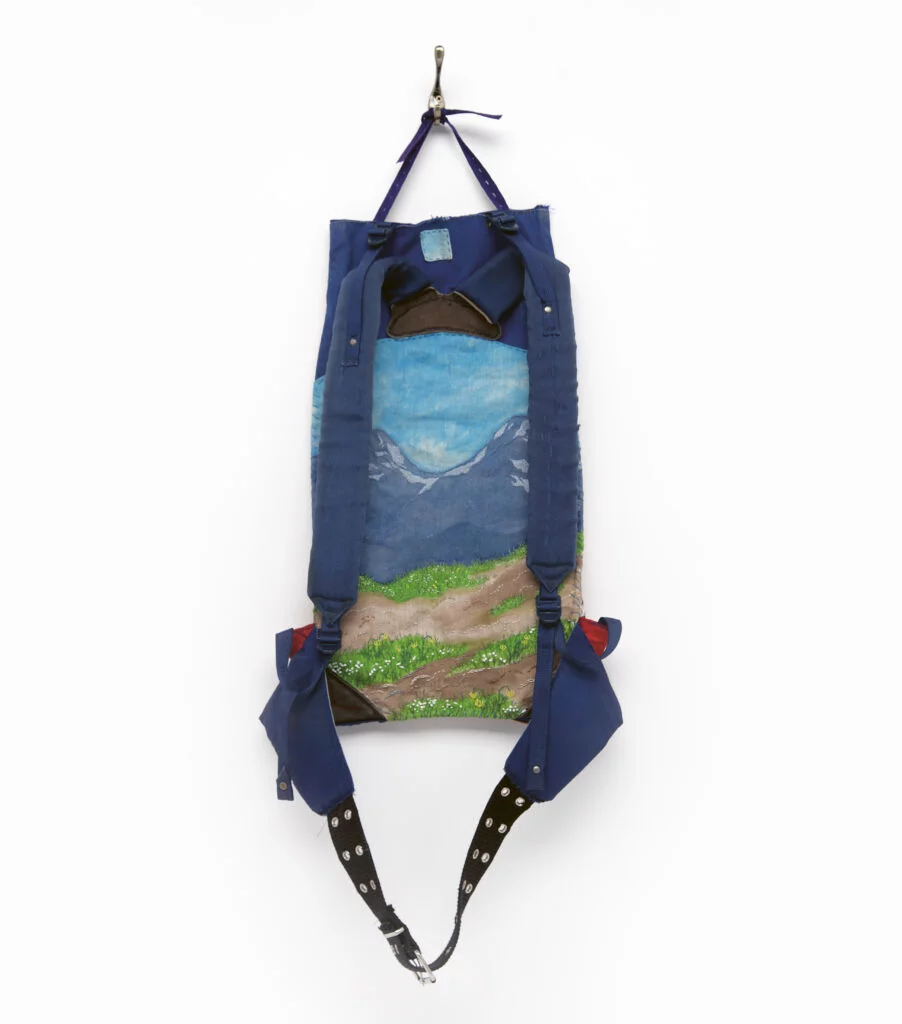
Carrieanne Leung is a “nonpractitioner” whose work was chosen for this anthology. In her ultimately upbeat essay “What Story?” she describes the virus as “quite a protagonist,” perhaps a “master villain” or a “character living off its own logic or destiny”. Facing writer’s block, she begins embroidering gifts for friends. This alleviates her loneliness and despair and brings joy into her and her friends’ lives. After she resumes writing, Leung continues stitching, considering it as “important as words.”
Theresa Kishkan, in “Seams: Piecework in Twenty Uneven Stitches,” writes about her needlework during the pandemic as her husband slowly recovers from surgery. Her hand quilting has a meditative and calming affect in a time of uncertainty and loneliness. As a quilter, I was really drawn to what I consider a key phrase in this moving essay–“The fire at the centre of each log cabin burns with hope.” An explanation for non-quilters: A log cabin quilt has strips built around a central square, usually red in colour. The central square represents the hearth, the centre of activity in an actual log cabin.
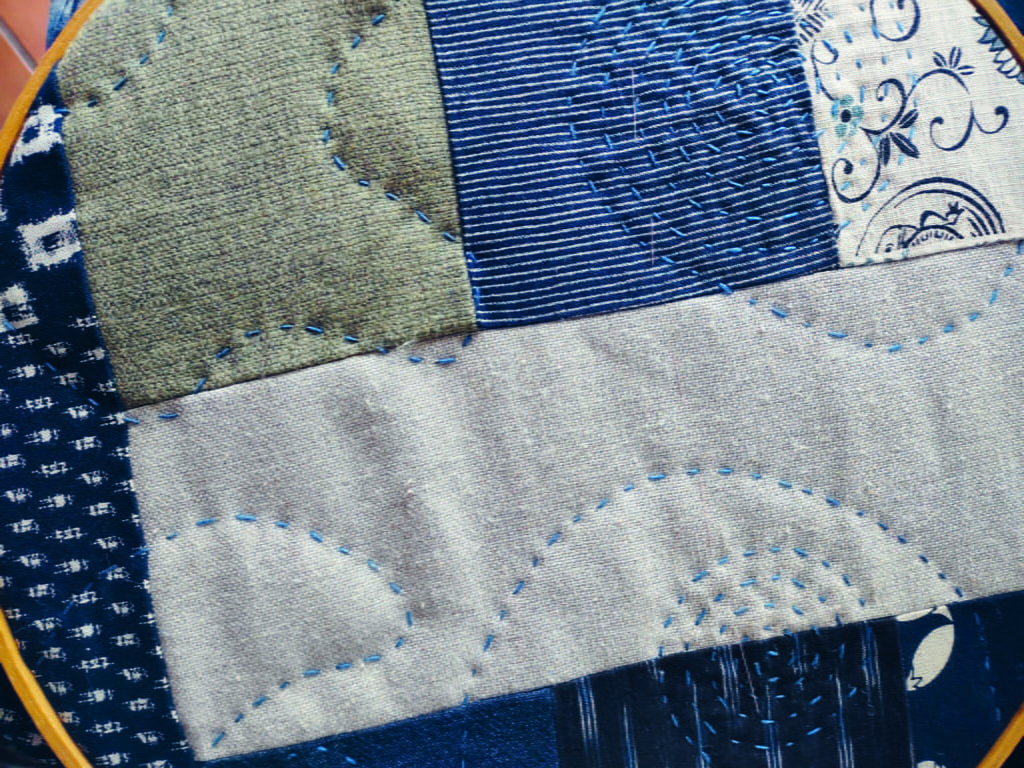
Carrying on or reclaiming Indigenous traditions is a theme in several essays. In “Heirloom” Danielle Geller recounts that the weaving designs of Indigenous peoples were appropriated and reproduced by the Pendleton Woolen Mills starting over 100 years ago. As genuine Indigenous blankets became rarer and more costly, Indigenous people started giving Pendleton blankets at graduations, weddings, etc. The reproductions became traditional gifts of cultural significance.
Geller’s receipt of a Pendleton blanket from her distant Diné (Navajo) mother arouses thoughts of “loss—of family tradition, of knowing, of memory.” Her discovery of Diné kin and master weavers leads to tremendous personal and cultural growth, as a weaver and in gaining knowledge of family stories and origin stories. Geller’s heart-warming journey takes another turn when she moves to Vancouver Island, becomes the owner of a vintage loom named Charlotte; she is gifted more stories from the former owner.
In a similar fashion, Danielle Lussier’s “Reading the Beads” is an amazing story of reclaiming and teaching traditional Métis beading. She writes of her accommodation to colonialism during her legal education and how, after becoming a mother, she decides to “resist racism, colonialism and the erasure of Indigenous Peoples.” After re-entering the academy as a PhD student, she takes up beading and introduces it to students and colleagues. After some time, university graduates began wearing beaded regalia at convocation. The honour shawl that Lussier beads is incorporated into her doctoral dissertation. In this visual way, she shares the stories of her family and Métis people.
In “One Bead at a Time” Sandra Lamouche describes the healing power and cultural significance of her participation in Indigenous traditions of hoop dancing and beadwork.
Jan Wade was the first Black female artist to have a solo exhibition at the Vancouver Art Gallery in a retrospective of her embroidered art pieces titled Soul Power. Wade writes of being born an artist, of always being attracted to the visual. She has been influenced primarily by African American/Canadian quilters, but also draws inspiration from Indigenous beading, basketry, and weaving. Creating her art is calming and healing and connects her with ancestral traditions. After the trauma of Eric Garner repeatedly saying “I can’t breathe” as he was being killed by policemen, Wade “thought of these pieces as breathing, as breath itself, every stitch a mantra of the unacknowledged joy of breathing …. and our right to life.”
David Morley, in a chapter on creative non-fiction in The Cambridge Introduction to Creative Writing asserts that “your sharpest creative devices remain your personal engagement and emotional honesty.” The use of “Sharp Notions” in the title of this collection cleverly describes both the tools used in stitchwork and the writing itself. Readers of this collection will be moved by the brilliance, passion, and honesty of the essays and may even, as the editors say in the introduction, be inspired to take up knitting, quilting, or some other stitchwork, if they have not already done so.

*
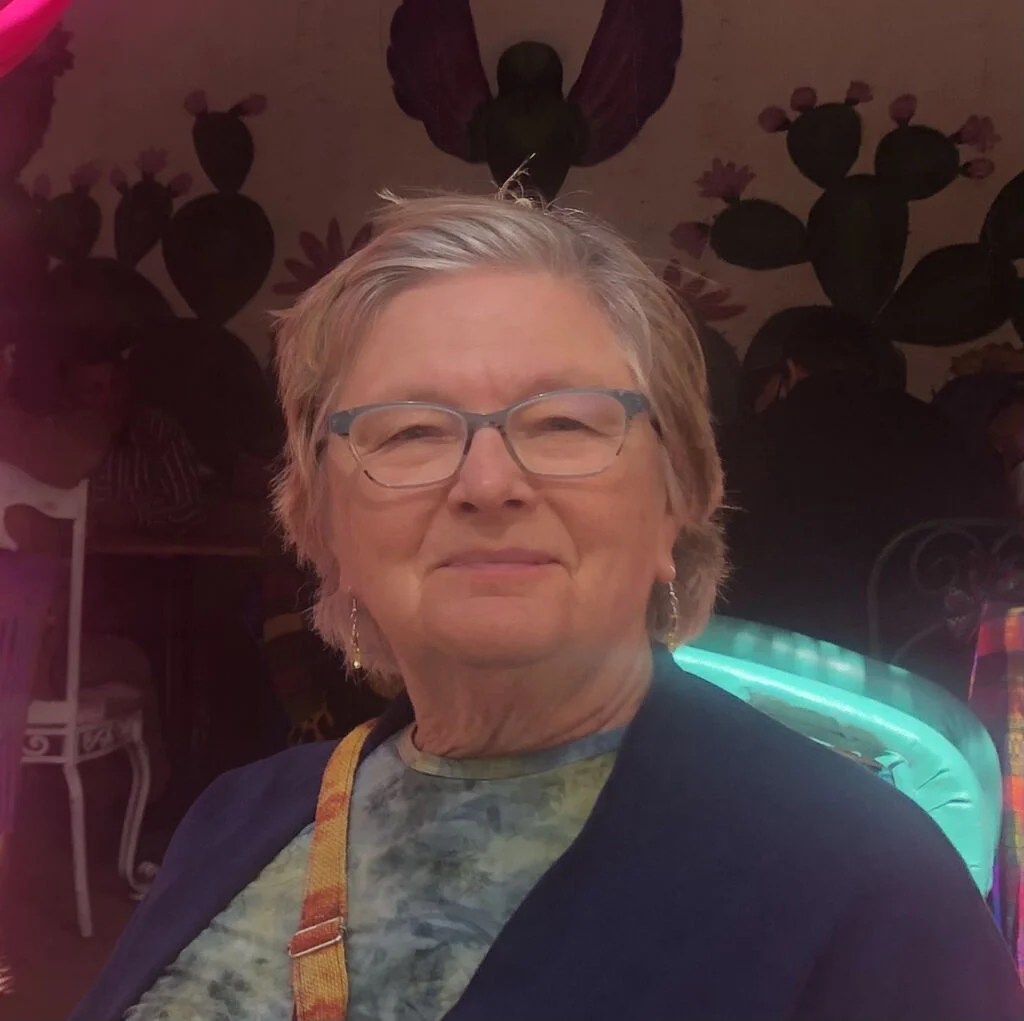
In 2021, Penny Haggarty started the next chapter of her life after working as a librarian for forty-three years. She dabbles in gardening and quilting and would get more done if she did not read so much. A fan of crime novels, literary fiction, biographies, and memoirs, she has recently developed a keen interest in short stories and creative non-fiction. Penny enjoys camping trips with her husband and dog; they hope to see more of Western Canada and the US over the next few years. Lifelong learning is important to her, and she is now a director at large in Kamloops Adult Learning Society.
*
The British Columbia Review
Interim Editors, 2023-24: Trevor Marc Hughes (non-fiction), Brett Josef Grubisic (fiction)
Publisher: Richard Mackie
Formerly The Ormsby Review, The British Columbia Review is an on-line book review and journal service for BC writers and readers. The Advisory Board now consists of Jean Barman, Wade Davis, Robin Fisher, Barry Gough, Hugh Johnston, Kathy Mezei, Patricia Roy, Maria Tippett, and Graeme Wynn. Provincial Government Patron (since September 2018): Creative BC. Honorary Patron: Yosef Wosk. Scholarly Patron: SFU Graduate Liberal Studies. The British Columbia Review was founded in 2016 by Richard Mackie and Alan Twigg.
“Only connect.” – E.M. Forster
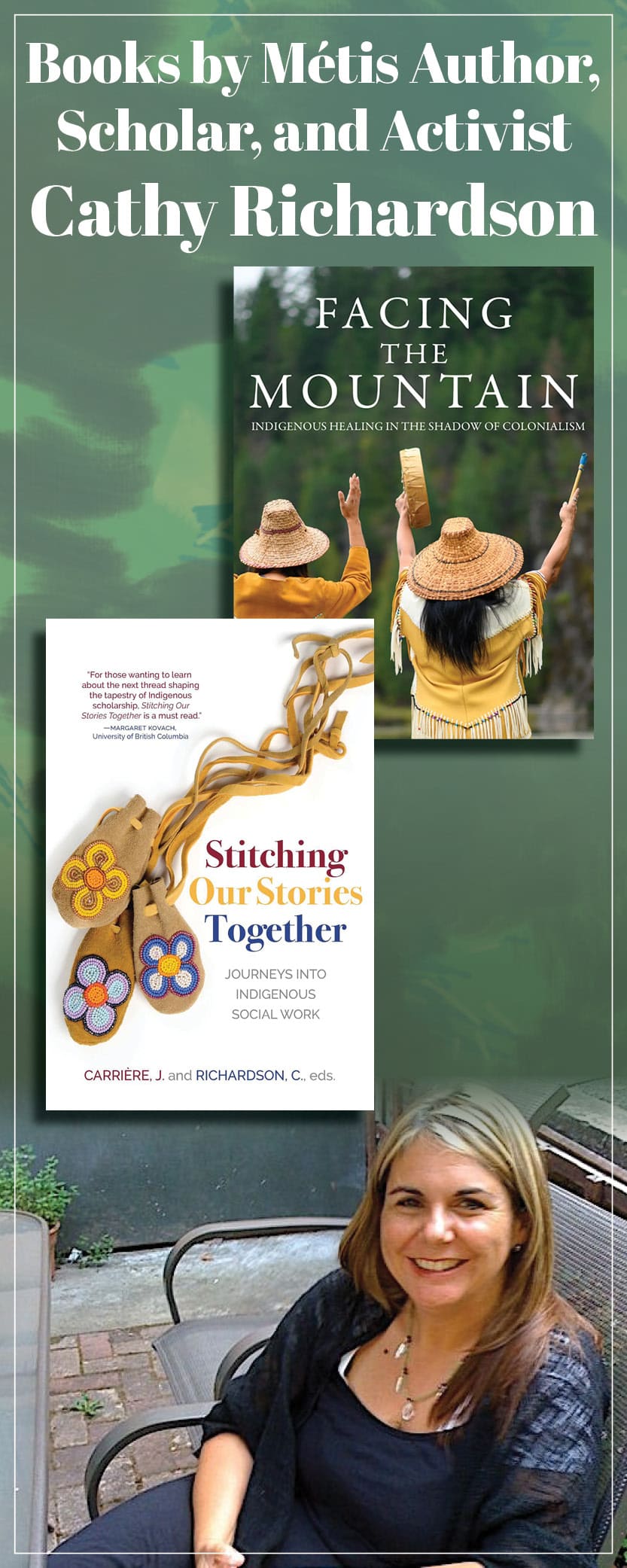
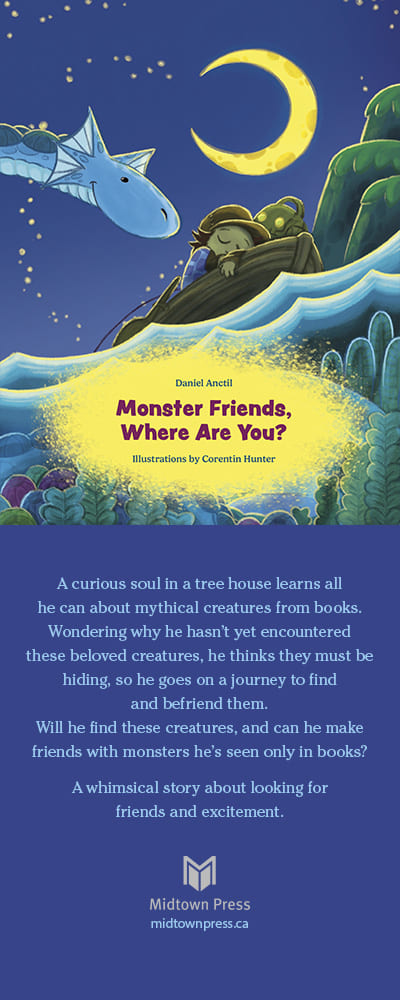
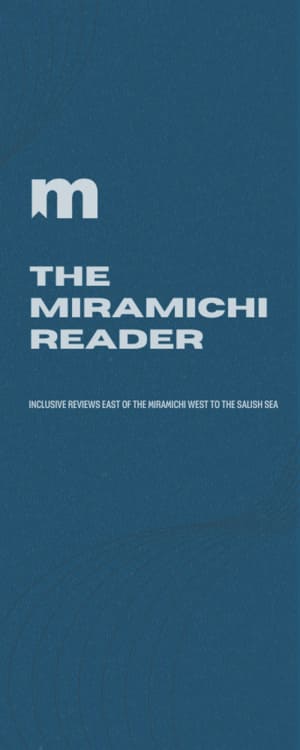
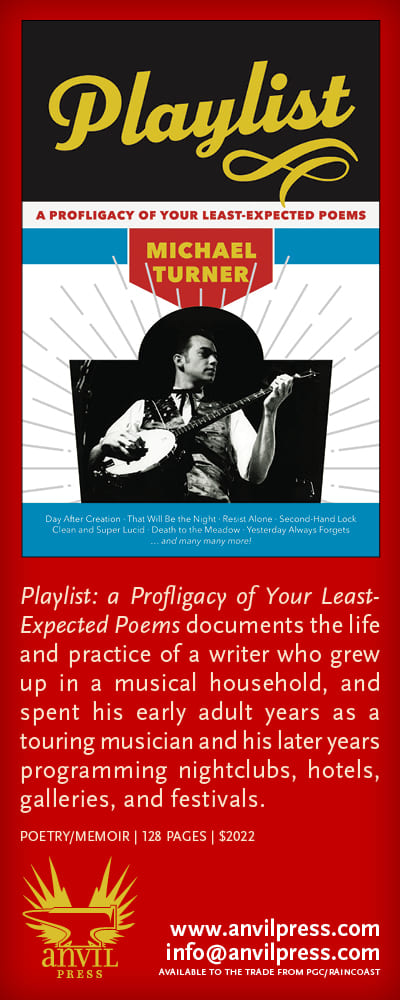

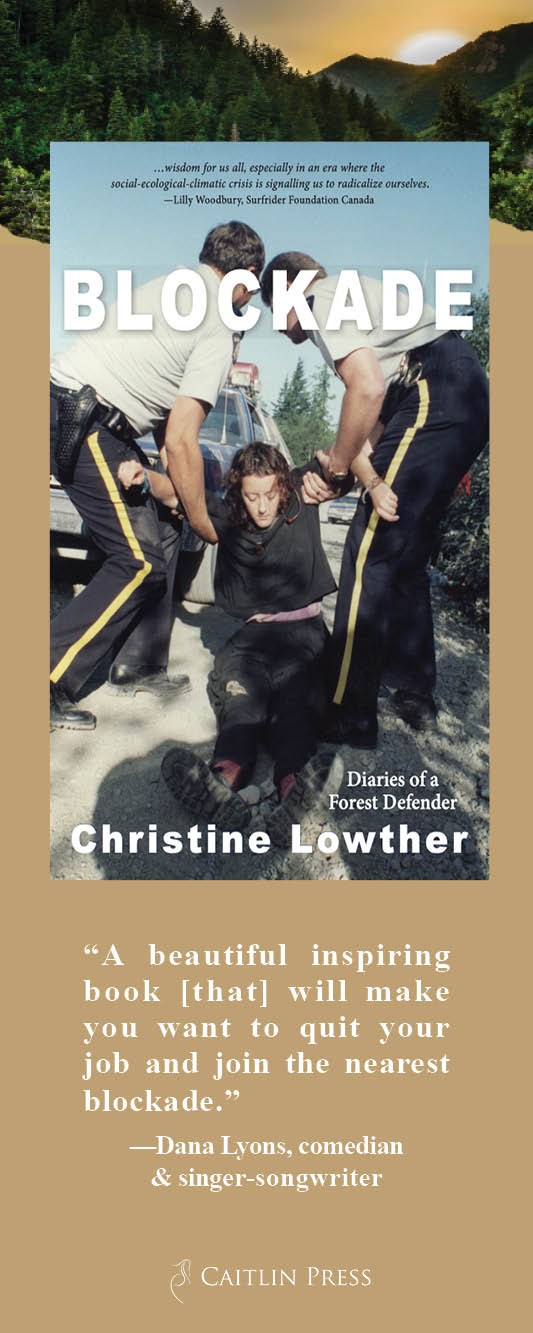

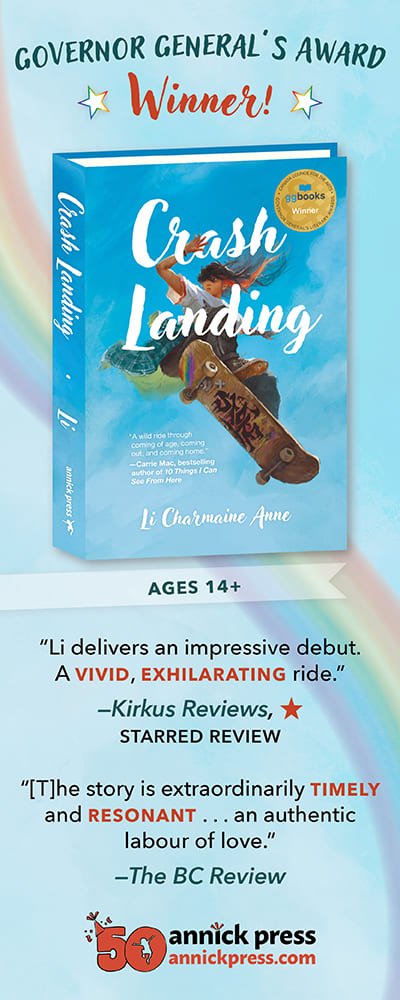
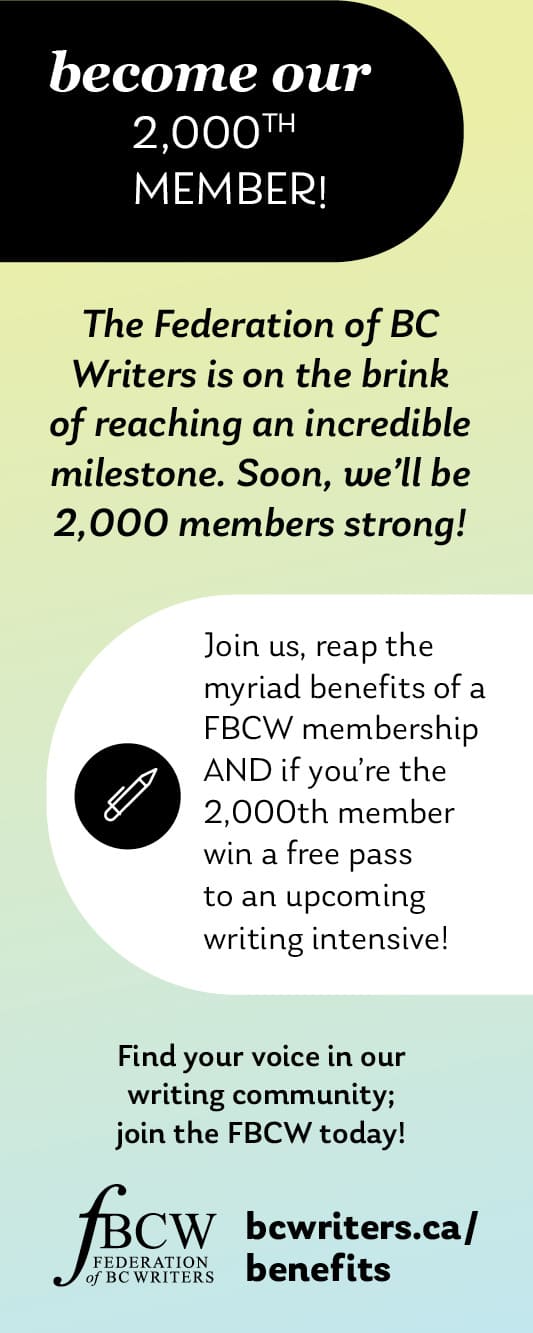
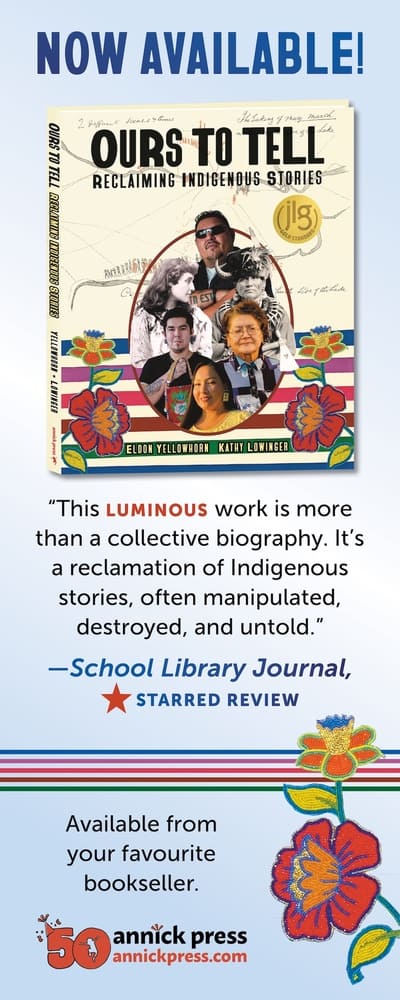
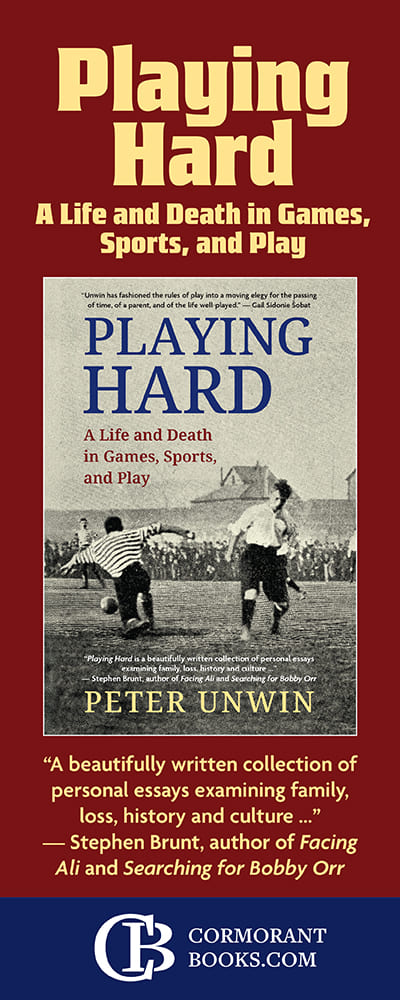


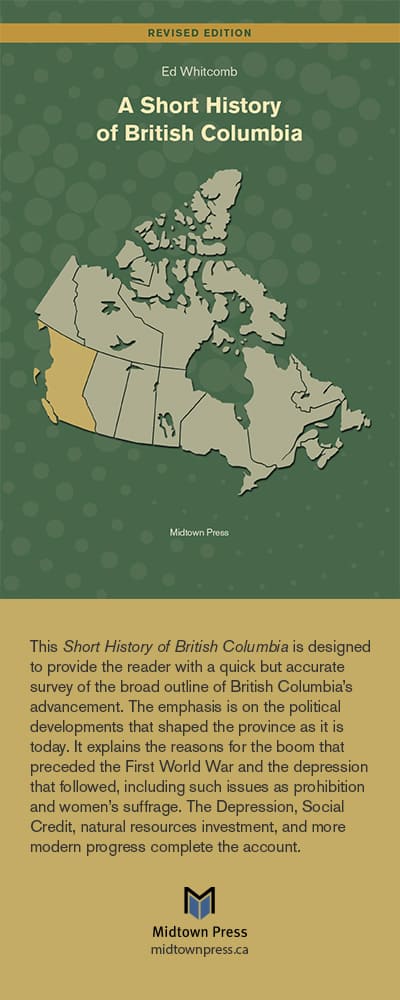
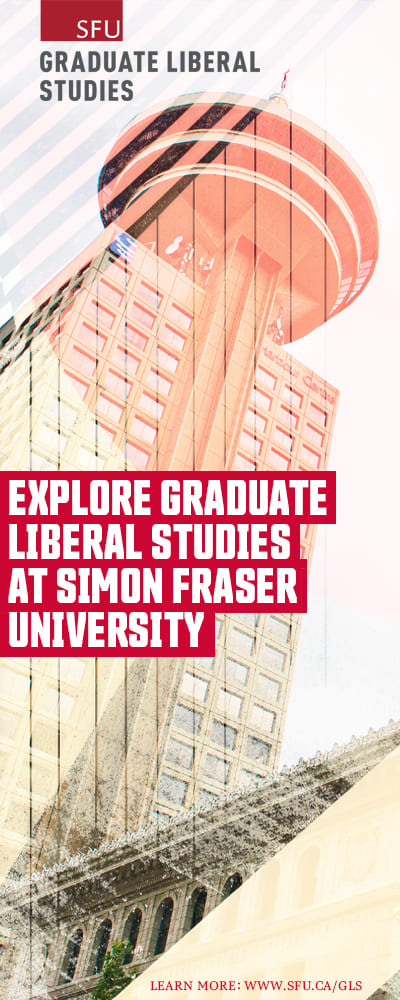
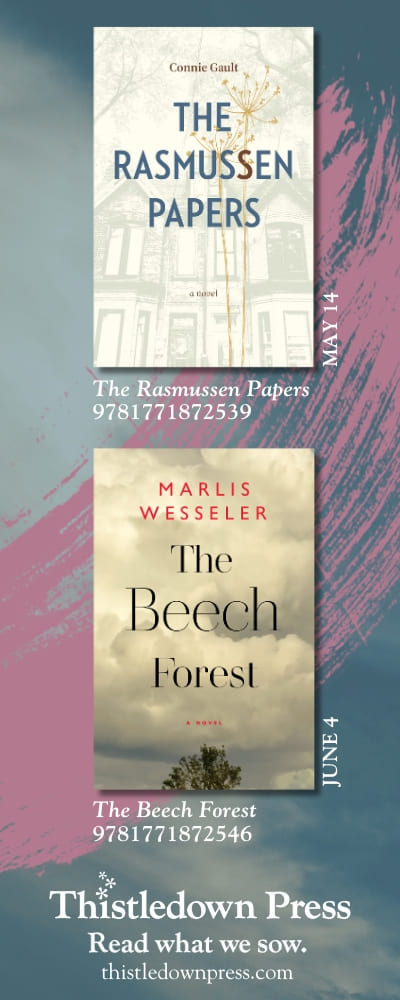
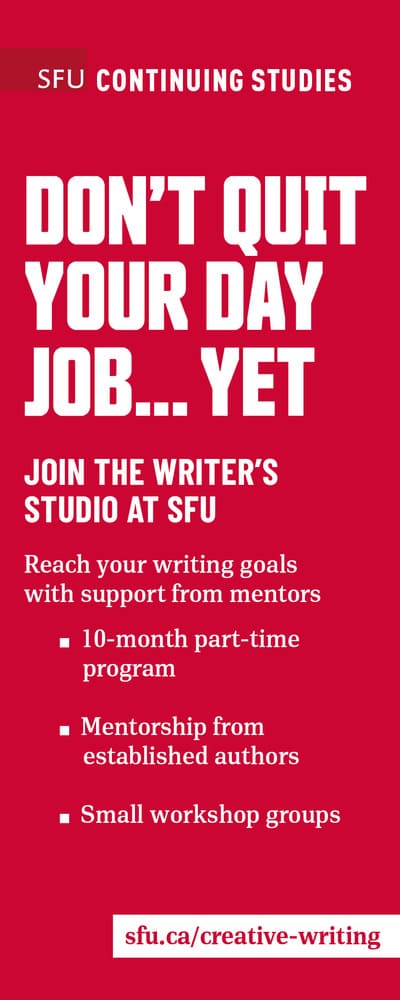

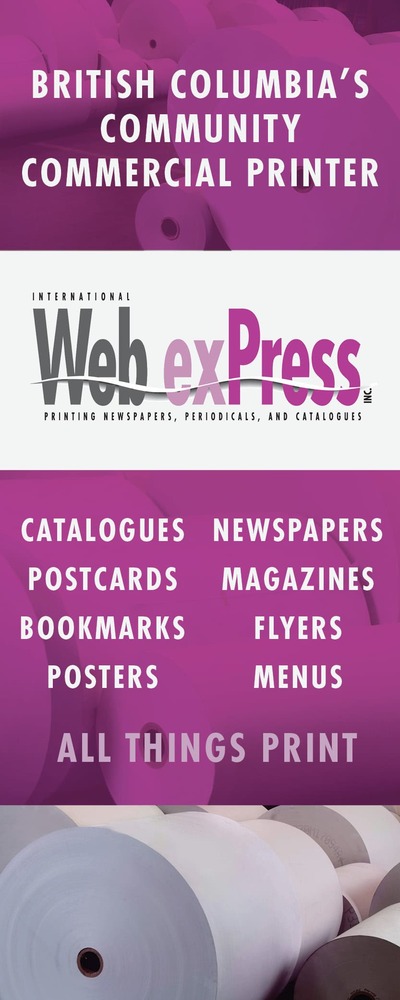
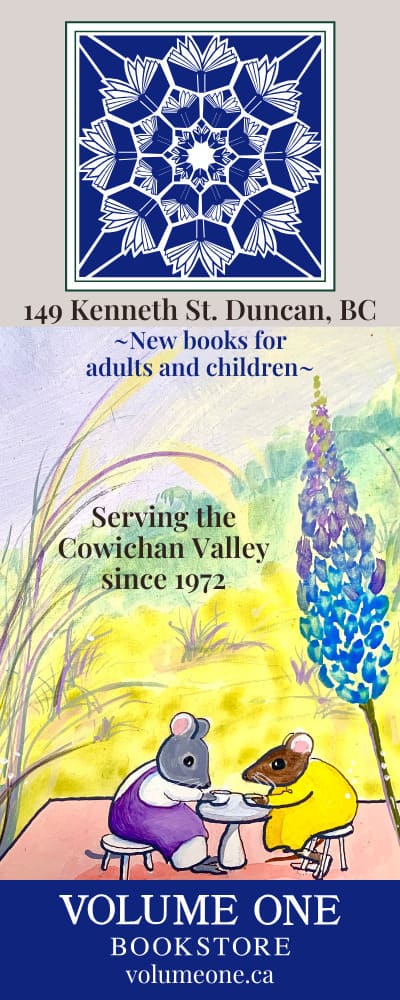
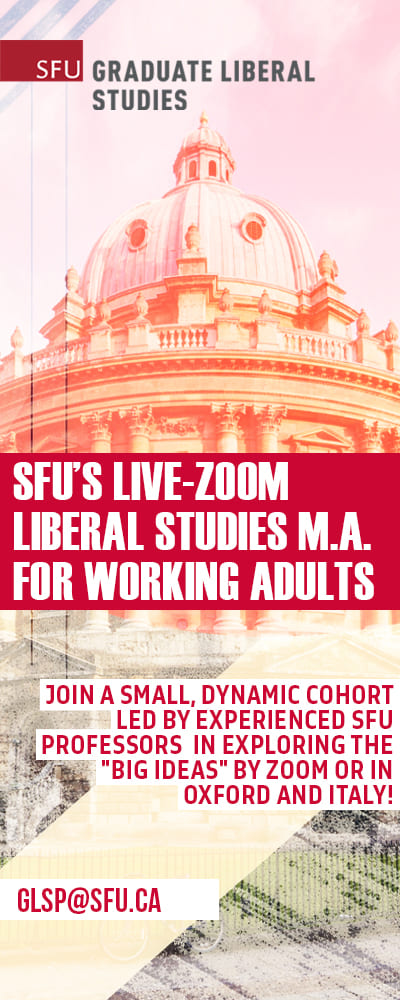

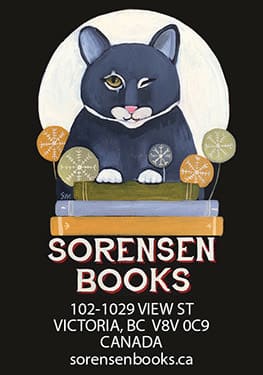

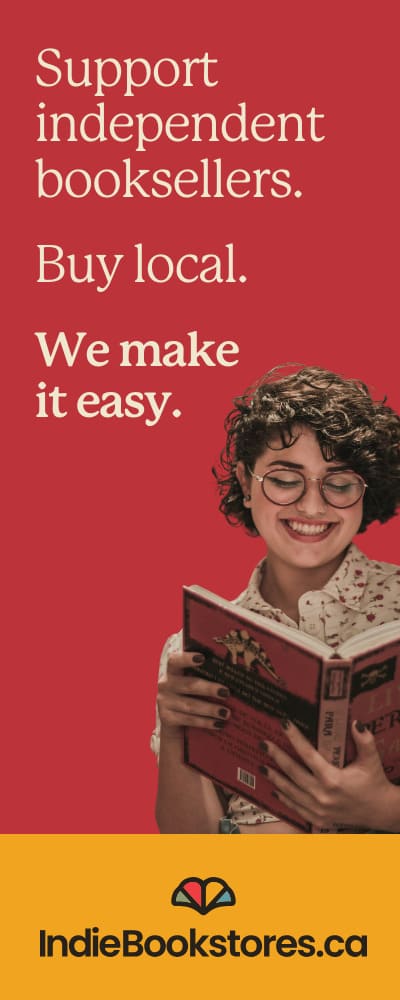

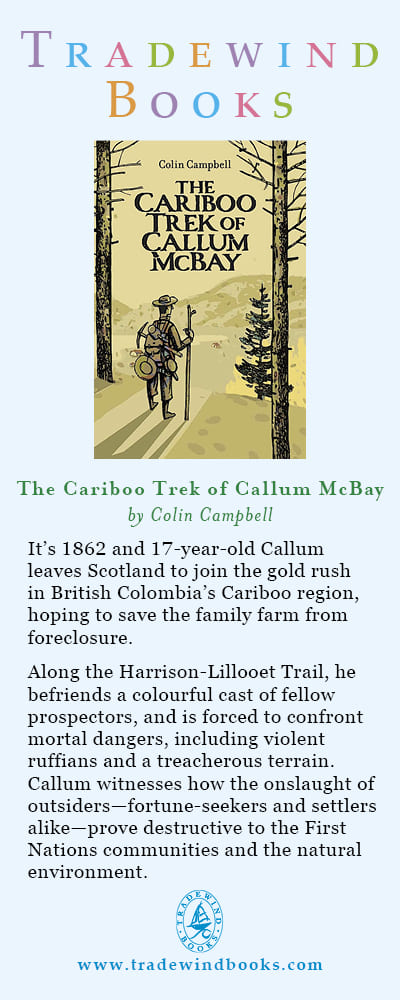
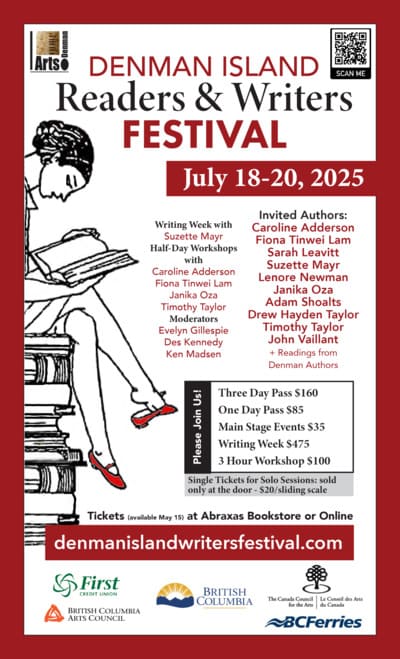


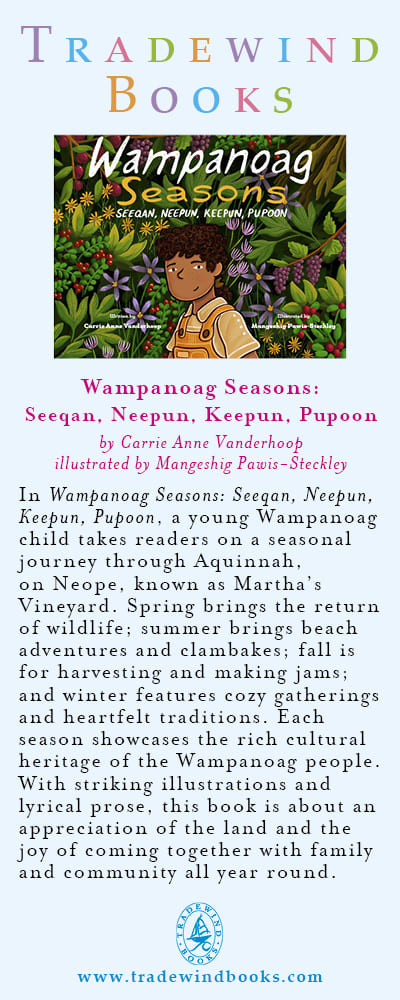
One comment on “‘Healing power of stitch’”
I love Penny’s review. I will be reading Sharp Notions. I am thinking that creative practice is an indispensable way to interact with the world.